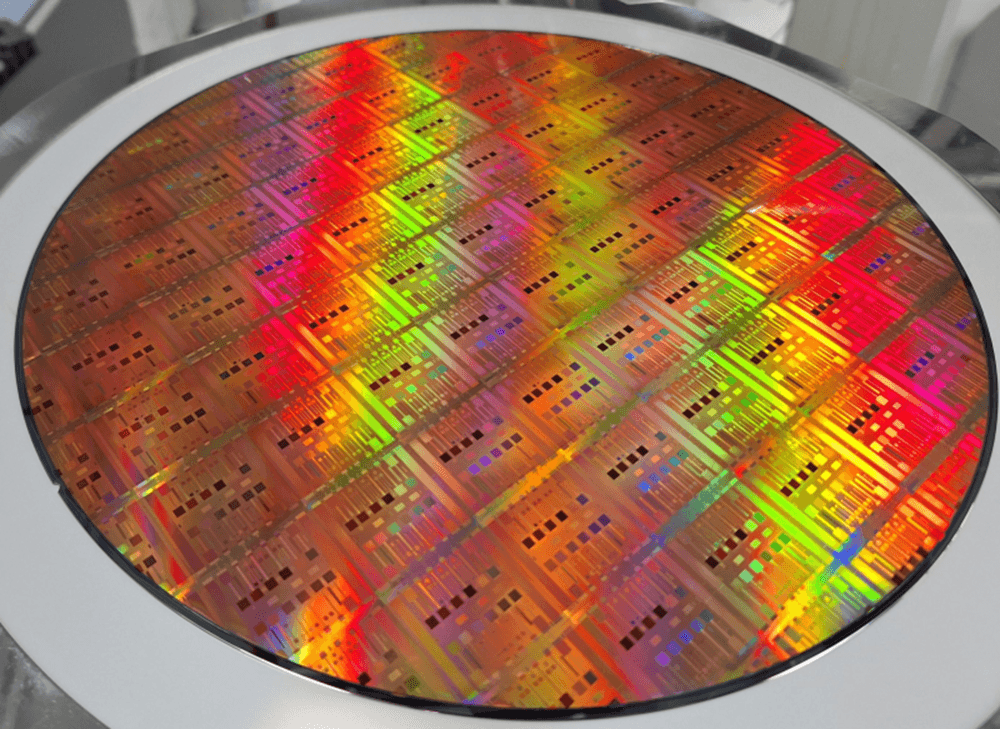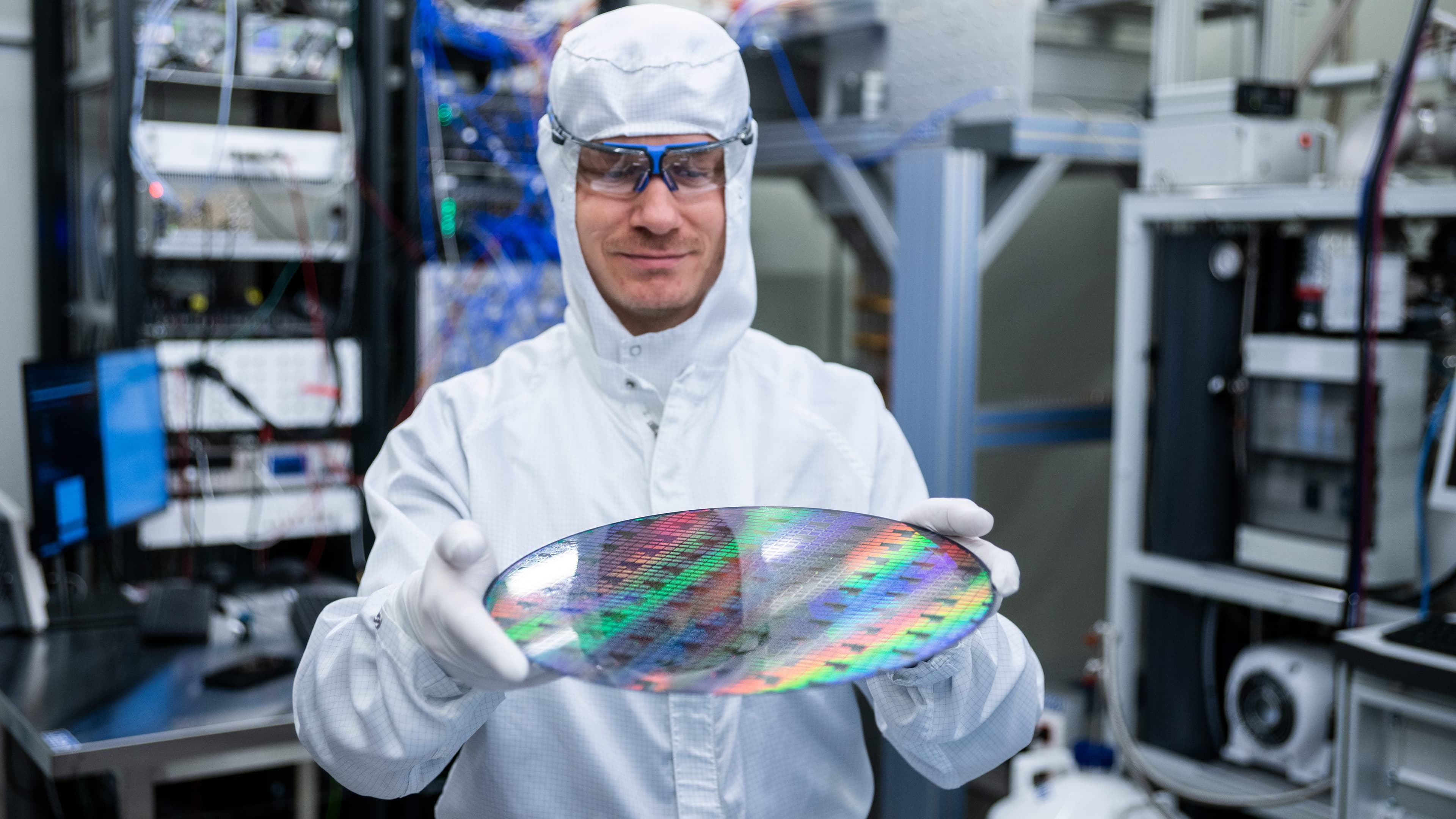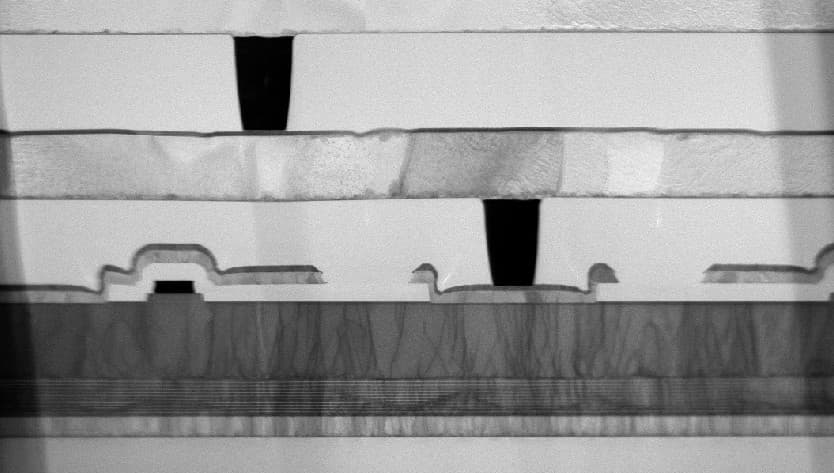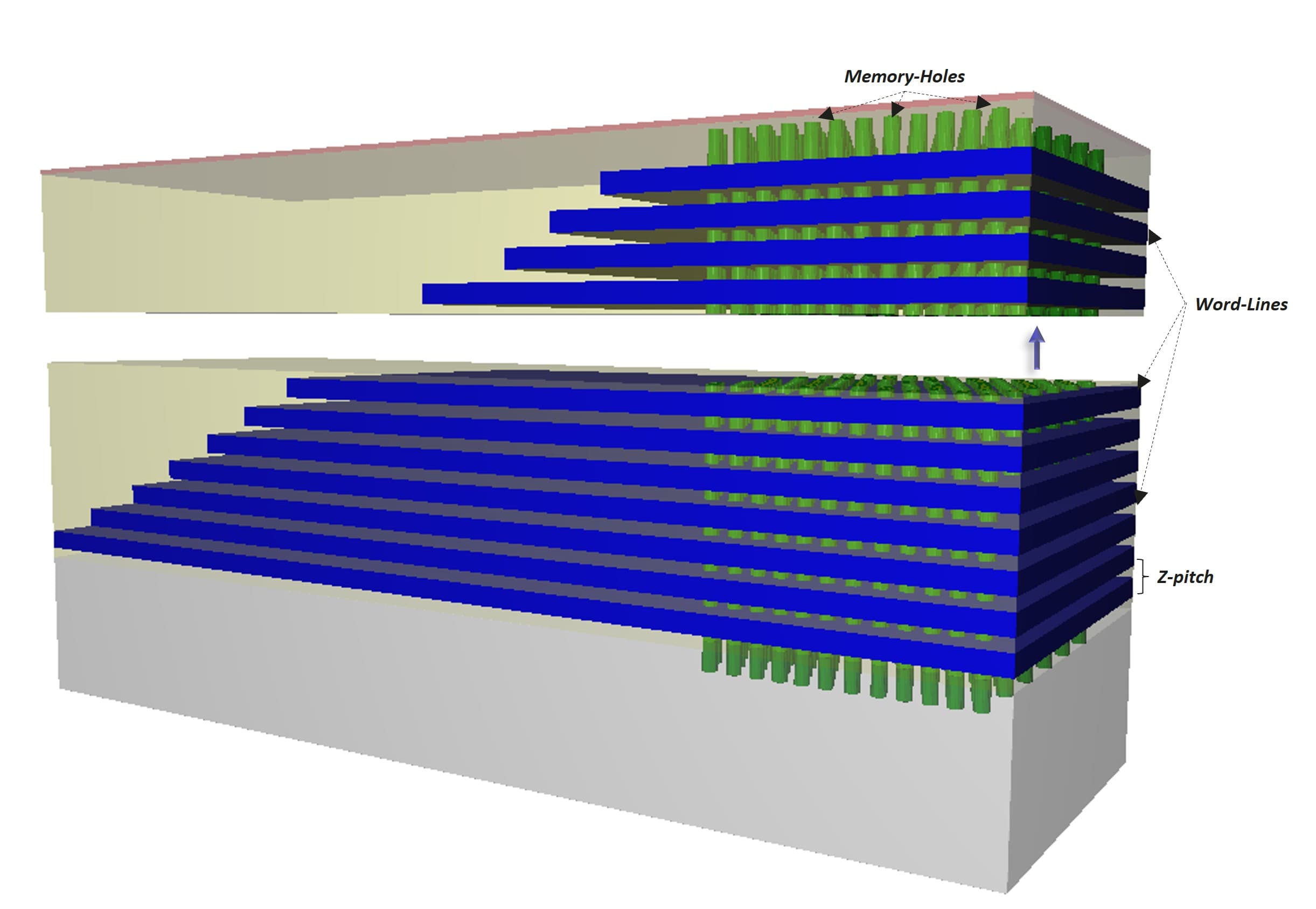MAGICIaN
Low-power cellular network technology for mission-critical IoT applications
The Internet of Things (IoT) market today relies on Low Power Wide Area Network (LPWAN) technologies for connectivity, which transmit in unlicensed frequency bands (e.g., LoRa, Sigfox). As a result, they don’t scale well and cannot guarantee reliability and latency due to potential interference from other nearby networks.
The recently released NarrowBand IoT (NB-IoT) standard is the first LPWAN technology to use licensed frequency bands. This avoids interference, resulting in more predictable behavior. Moreover, it is easy to deploy as it relies on existing Long Term Evolution (LTE) infrastructure, supports deep indoor coverage, and promises a battery lifetime up to 10 years.
These advanced features make NB-IoT a promising candidate to provide reliable connectivity to mission-critical IoT applications, such as real-time remote control of appliances, alarming applications, or emergency monitoring. Such applications require guarantees in terms of reliability and latency, in addition to a long battery life. However, NB-IoT has a wide range of configuration parameters that affect the trade-off between latency and battery lifetime. As such, there is a need for management solutions, that support automated and remote reconfiguration of device and network parameters based on the requirements of specific mission-critical applications.
The goal of the MAGICIaN project was to develop an end-to-end network and device management system to optimize and manage NB-IoT for mission-critical IoT applications. The system should be able to automatically reconfigure device and network parameters that optimize the trade-off between downlink latency and battery lifetime that is inherent to NB-IoT, based on the application requirements. Moreover, it should support GPS-less localization, seamless handovers to other technologies, header compression, and brief voice communication. On top of the management system, three mission-critical IoT applications are implemented: (i) a real-time demand-response system for residential appliances, (ii) an alarming wearable for the elderly, and (iii) a monitoring system for emergency services.
The outcomes
1. Insights into and optimization of NB-IoT latency and battery lifetime
NB-IoT includes several novel (configurable) features to achieve the promised 10-year battery lifetime, such as Power Saving Mode (PSM) and Extended Discontinuous Reception (eDRX). Depending on the configuration of PSM and eDRX parameters, the trade-off between latency and energy consumption can be configured. The behaviour of NB-IoT was thoroughly characterized using analytical models and real-life experiments, and in turn used to optimize the parameters based on application requirements. On one extreme, the end-to-end NB-IoT system was shown to support latencies as low as 50ms, while on the other extreme, 10 years of battery life can be reached with a typical IoT battery.
2. GPS-less and GPS-assisted localization methods for NB-IoT
Satellite-based localization systems such as GPS consume too much power to locate an NB-IoT end device that needs to last for several years on a small battery. On average, it takes 30 seconds to get a valid GPS fix. Therefore, Assisted GPS (A-GPS) tries to reduce the Time to First Fix (TTFF) by providing assistance data. We investigated and implemented three algorithms that, based on the signal strength to NB-IoT base stations, estimate the position of a transmitting device to augment A-GPS. These algorithms result in a median accuracy between 300 and 130 meters. Moreover, they can be used to provide an indoor location estimate, in contrast to GPS. Using this rough location estimate, the average TTFF of GPS was reduced from 30 to less than 4 seconds.
3. End-to-end NB-IoT network management and data exchange platform
The LwM2M/CoAP protocol stack was analyzed for the enablement of both end-to-end device management, including communication and localization settings, and the exchange of data. Here, both support for the Internet Protocol (IP) and non-IP delivery modes of NB-IoT was considered as well as device-initiated data exchanges. Moreover, the LwM2M specification was extended with voice streaming capabilities, including a northbound interface to the VoIP ecosystem. The feasibility of voice streaming over good quality NB-IoT links was demonstrated. Lastly, both the end device logic and the LwM2M management back-end were extended to support multi-modal NB-IoT solutions, combining NB-IoT with a fallback technology such as BLE or Wi-Fi.
Download the leaflet
MAGICIaN
Low-power cellular network technology for mission-critical IoT applications.
MAGICIaN is an imec.icon research project funded by Innoviris, Agentschap Innoveren & Ondernemen and imec.
It started on 01.10.2017 and ended 30.09.2019.
Project information
Industry
- Orange Belgium
- Televic Healthcare
- Restore
- Citymesh
Research
- IDLab – UGent
- IDLab - UAntwerpen
Contact
- Project Lead: Tom Sorgeloos
- Research Lead: Jeroen Famaey
- Innovation Manager: Dirk Hamelinck











